Description
The evolutionary and psychological factors that often underpin stress responses and their resulting problematic behaviours are still not well understood. Managing Stress and Distress provides a complete, compassionate guide to what stress is, how it arises, the purpose it serves and the issues it can cause. The book takes a trauma-informed approach of managing short-term distress while also reducing long-term stress levels via a regular practice of mindfulness.
Audience
Managing Stress and Distress is for parents and carers; teachers, teaching assistants, early years practitioners, educational psychologists, school senior management teams and other education professionals; support groups; youth workers, group leaders and others interested in the wellbeing and socio-emotional development of children and young people.
Sign up here for free tips by the author on how to help manage worries, anxieties and stress in children and young people.
Details
Publisher: Pavilion Publishing and Media Ltd
ISBN: 9781803880914
Pages: 220
Publication Date: July 2023
Content
Part 1: Introduction
1. What is stress?
2. A brief history of stress and distress
3. A psychological perspective
4. Neuroscience; Ten key things to know about stress and distress
Part 2: Stress and the brain
5. Key components of the brain
6. The HPA and stress chemicals
7. The negative impact of stress
8. Elizabeth Blackburn and the Telomere Effect
Part 3: Distress
9. The attachment process
10.The arousal response cycle
11. Emotional regulation or containment
12. Empathetic attunement, the secure base and exploratory behaviour
13. Internal working model
14. Distress and insecure attachment styles
Part 4: Managing distress
15. The arousal cycle
16. How to help at each stage
17. Nonverbal communication
18. Recovery and post-crisis
19. Analysis of incidents and looking after ourselves
Part 5: Stress and stages of development
20. Erikson’s stages of development
21. Pre-school to primary transition
22. Adolescence
23. Neuroplasticity
Part 6: Stress reduction
24. Chemicals again!
25. Mindfulness
26. Meditation
27. Breathing and breathing exercises
28. Imaging and visualisation
29. Shinrin-Yoku and Two Schools
Part 7: Conclusion
30. Summary
31. A last word to parents and carers
32. A last word to teachers and schools
Author
Stan Godek is the founder and director of SG Training and Consultancy. He is a specialist in child development with a background in working with children affected by trauma. His work was informed first by attachment theory, and later by the theories of Erik Erikson and Alan Sroufe. He has worked in the UK, Ireland and Russia, and has also managed residential childcare services.
Stan has developed a wide range of techniques and exercises designed to help young people to self-regulate their moods and emotions, and to cope more effectively with the various negative experiences that have impacted on their lives. He draws on these techniques in workshops on how mindfulness techniques can improve concentration and learning in the classroom, and in the consultancy service he offers to primary and secondary schools, residential units and fostering agencies. He is the author of Mindfulness Techniques for Children and Young People: A Practical Guide.

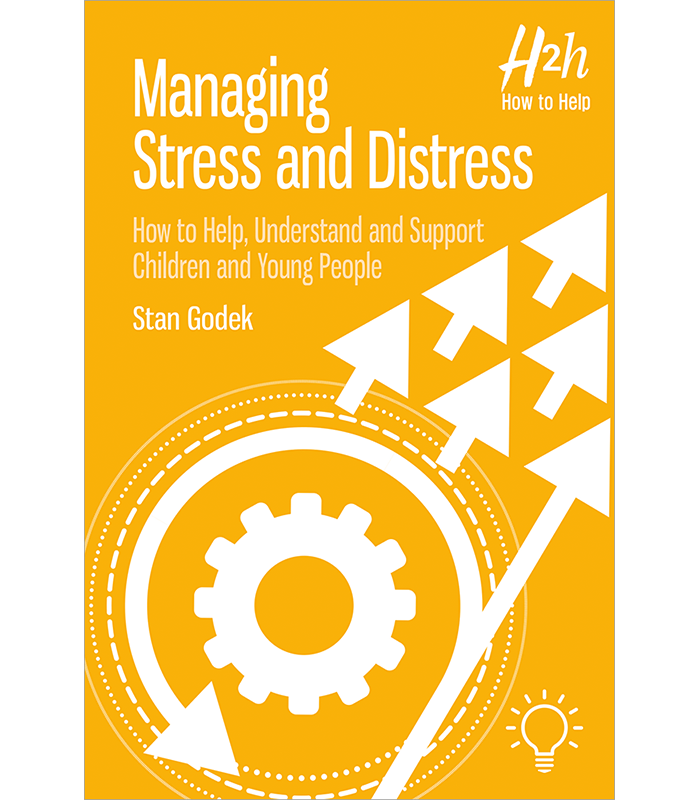
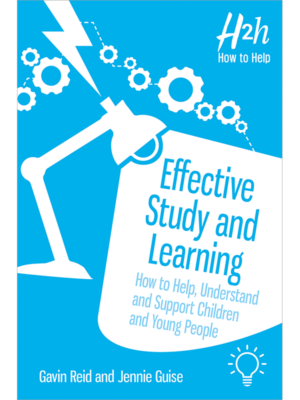
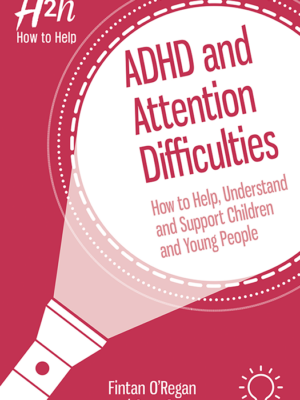
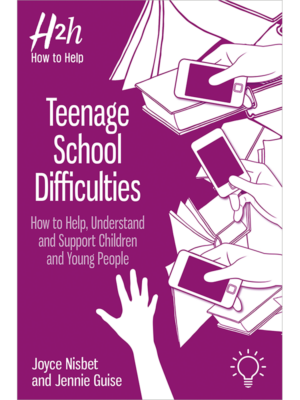
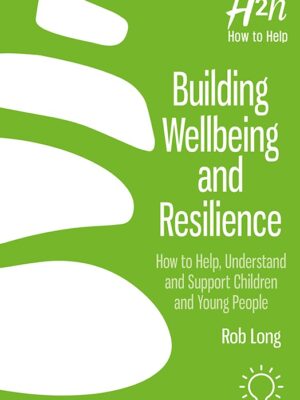
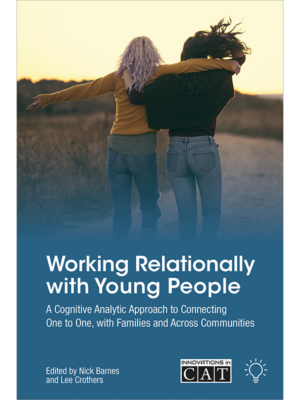
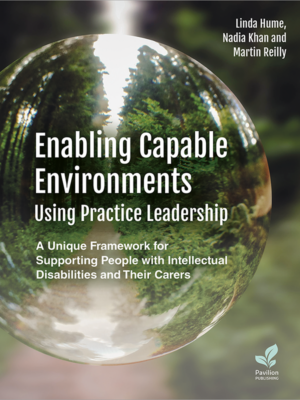
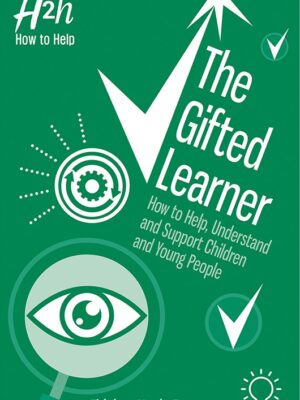
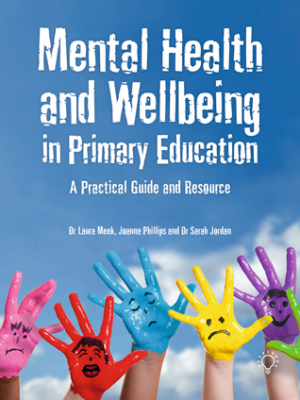
Claire Macpherson, Deputy Head – Early Education and Director of Pastoral Care, ESMS –
Stan Godek’s latest book, ‘Managing Stress and Distress: How to Understand and Support Children and Young People’ is an absolute must read for educators and early years practitioners, parents and carers.
Having taught and supported children, young people and families for over 35 years, in both local authority schools and predominantly ESMS, I have been asked repeatedly by teachers and parents to suggest strategies for how to support distressed behaviours displayed by children either in school, at home or at a point of transition. The answer is, always to have a conversation, it takes time and I regularly refer to suggestions Stan Godek has made. In this book we now have a “go to guide” providing a range of strategies to help manage stress and distress in children and young people.
At ESMS we have been privileged to have worked with Stan over many years. He has supported both our staff and our parents and encouraged the idea that any form of distress should be treated as a signal. Stan’s book provides expert answers on the many questions we all ask on this topic. He reminds us that, in order to support the child or young person we must first understand the underlying reasons for behaviours and the chapters on brain development and attachment support this. He also reminds us that distress has a communicative function and our responses, as adults, must be both informed and calming in order to support children and ease their distress. Even in an environment like ours, where staff are attachment aware and recognise the importance of routines, consistency and supporting transitions, distressed behaviours can still occur. I hear Stan’s voice at these times reminding us of the key phrase “attention needing”.
As a school we have embedded Mindfulness in our curriculum and are currently working to create a Zen Garden where the children can explore the Green Mindfulness techniques that they know and love and which Stan has outlined.
In his new book Stan not only helps parents and educators to see the importance of taking the time to understand the communication signals associated with stress and distress, but he also expertly guides us through how to do this and how to help. Thank you, Stan!
Fiona Macdonald, former Practitioner Manager in Residential Child Care –
Thoroughly enjoyed this book. So well written. Full yet concise. As a former Practitioner Manager in Residential Child Care, had this book been available when I was practicing I would have used it in supervision sessions. Each chapter lends itself to tailor making supervision for Residential Care Officers and being able to identify individual young people thus deepening understanding and individualising care responses. A gem of a book for current and future practitioners.
Lisa Moore, Education Officer Health and Well-being at West Lothian Council –
Stan Godek’s book, Managing Stress and Distress: How to Help, Understand and Support Children and Young People, is a solution focussed guide that brings hope and inspiration to those who are helping our children and young people to navigate their way through this.
In a world that calls for us to be trauma informed and understand attachment-based approaches, Stan uses his expertise to make this knowledge and skill set accessible to his readers through straightforward, easy to follow sections with How to Help summaries, Expert Views and Key Points which cleverly signpost and motivate the audience.
Having had the privilege of working with Stan and knowing the incredible impact of his work and how much it helps our children and young people, I was filled with a renewed sense of confidence in implementing mindfulness, building strength and resilience, along with a refreshed view of the importance to finding regular moments of calm. It reminds us that we can help, support and take action. We can provide our young people with positive experiences, secure environments, trusted adults and predictable routines.
Overall, this book is helpful, solution focussed, practical and inspirational. Most importantly, children and young people’s needs are at the heart of this compassionate overview of how we can actually help to manage stress and distress.
I would highly recommend this book to educators, families and indeed anyone who, like Stan, has a genuine desire to make the world a better, more informed place where adults have the confidence to support children and young people to thrive and meet their potential.
Anne Black; Retired Social Work Manager –
This book covers some exceedingly complex and difficult areas affecting children and young people who are experiencing stress and distress. Despite the challenging topics the author has managed to make the book accessible to many different audiences.
While providing a very comprehensive overview of theories and practice it outlines the many developments over the years of our understanding of some of the key areas which can impact on children and young people’s ability to cope with stress and consequent distress.
Stan Godek has expertly encapsulated the realities of stress and distress and provides many routes to greater understanding of their impact and then discusses more directed ways to help children and young people.
His five sections allow readers to explore key areas fully and sensitively, distilling the topics into manageable parts to set out the sources, impacts and responses to stress and distress.
These sections are Stress and the Brain, Attachment and Loss , Managing Distress, Childhood Stressors and Mindfulness and Stress.
In each, theoretical knowledge is succinctly described and the book then outlines how the theories are translated into behaviours and thus opens up routes to help alleviate adverse reactions to stress.
I found that the sections at the end of each chapter which tabulate “How to help “were clear and helpful. These sections make the more complex issues accessible as they are linked to actions carers, workers and parents can take.
No review can do justice to this extremely comprehensive book which offers so many insights into the complex areas of stress and distress.
The text reflects the author’s deep knowledge and experience of trying to help children and young people have greater satisfaction in their lives.
One quote which Stan uses is:
“You cannot stop the waves but you can learn to surf”
I believe that the book will provide many ways in which workers, carers and parents can help young people to surf and not be overwhelmed by the waves.